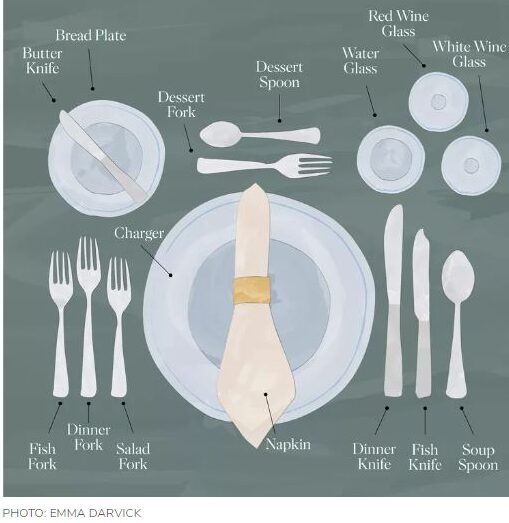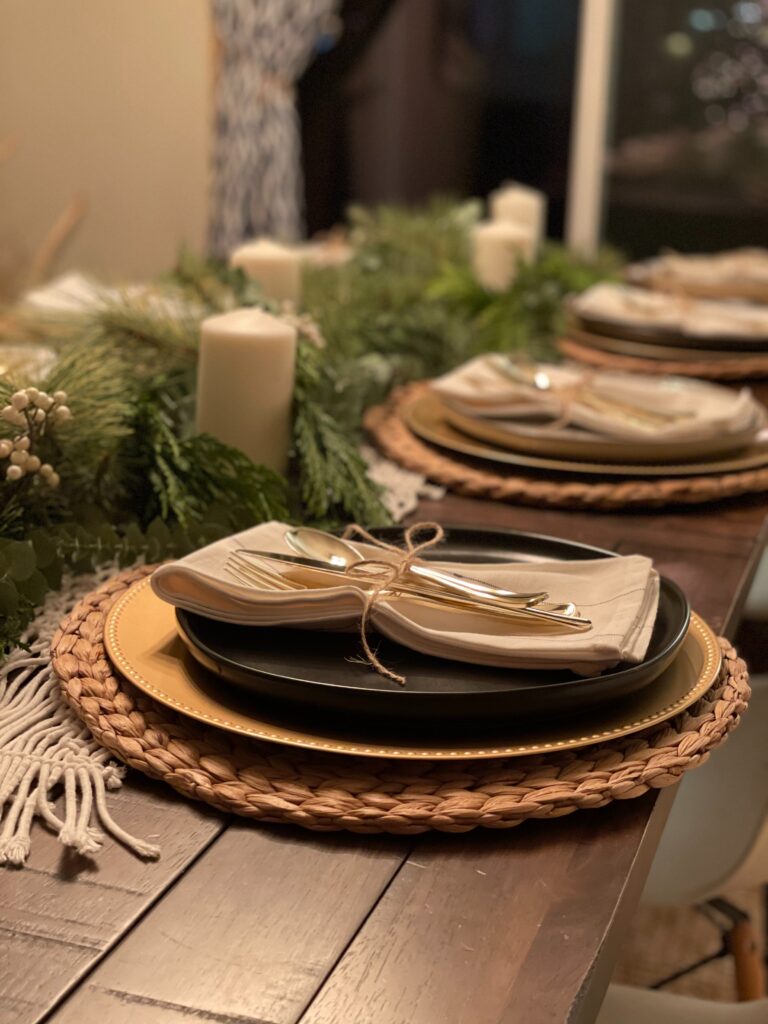In the age of fast-paced lifestyles and casual dining, the art of setting a table has been somewhat forgotten. However, there's a certain charm and elegance that comes with a well-set table, whether it's for an intimate dinner party or a festive gathering.
Mastering the art of table setting is not only about creating a visually appealing ambiance but also about enhancing the dining experience for your guests. In this comprehensive guide, we will delve into the intricacies of table setting, from the basics to the finer details, so you can effortlessly host in style.

Essential Table Setting Components
To start our journey towards becoming a table setting pro, let’s first understand the key components that make up a well-set table. These essential elements include:
- Tablecloth or Placemats: Choose a tablecloth or placemats that complement the overall theme and color scheme of your dining area. Opt for fabrics that are easy to clean and maintain.
- Charger Plates: These large decorative plates act as a base for other dinnerware and add a touch of elegance to the setting.
- Dinner Plates: Place the main course plates on top of the charger plates, ensuring they are centered and aligned with each seat.
- Salad Plates: If you’re serving a salad as an appetizer, position these plates above the dinner plates.
- Napkins and Napkin Rings: Fold the napkins neatly and use napkin rings to add a stylish touch. Place them to the left of the forks or on the dinner plate.
- Utensils: Arrange the utensils in the order they will be used, starting from the outside and working inward. Forks go to the left of the plate, knives to the right (sharp edge facing the plate), and spoons to the right of the knives.
- Glassware: Place water glasses above the knives, while wine and other beverage glasses go to the right of the water glass.
Formal vs. Informal Table Settings
Table settings can vary based on the occasion and formality of the event. Let’s explore the differences between formal and informal table settings:
- Formal Table Setting: Perfect for elegant dinners and special occasions, a formal table setting involves a more elaborate arrangement. It includes additional items such as bread plates, butter knives, and soup spoons. Each item has a designated place, and the table exudes sophistication and symmetry.
- Informal Table Setting: This type of setting is ideal for everyday meals and casual gatherings. It is less structured and focuses on simplicity and practicality. While it may not have as many components as a formal setting, an informal table setting still follows basic guidelines to create an appealing layout.
Setting the Scene with Centerpieces and Decorations
A well-chosen centerpiece and thoughtful decorations can elevate your table setting to new heights. Here are some ideas to set the scene:
- Centerpiece Options: Whether it’s a floral arrangement, a collection of candles, or a unique sculpture, a centerpiece serves as the focal point of the table. Ensure it doesn’t obstruct the view or conversation across the table.
- Table Decorations: From place cards and menu cards to decorative elements such as confetti or themed items, table decorations add a personal touch. Coordinate them with the overall theme or color scheme to create a cohesive look.

Special Occasions and Theme-based Table Settings
Certain events call for unique table settings that match the occasion or theme. Let’s explore a few examples:
- Holiday Table Settings: From Christmas to Thanksgiving, incorporating festive elements like seasonal colors, ornaments, and themed tableware can enhance the holiday spirit.
- Outdoor Table Settings: Al fresco dining allows for creative table settings using natural elements, such as fresh flowers, rustic tableware, and vibrant linens.
- Formal Dinner Parties: Hosting a formal dinner party requires careful attention to detail, including using fine china, crystal glassware, and exquisite table linens.
Table Etiquette and Tips for Hosting
Beyond setting the table, hosting etiquette plays a crucial role in creating a memorable experience. Here are some tips to be the perfect host:
- Seating Arrangement: Strategically plan the seating arrangement to encourage conversations and make everyone feel comfortable. Consider compatibility and ensure a balance between introverts and extroverts.
- Dining Etiquette: Familiarize yourself with basic dining etiquette, such as using utensils from the outside in, passing dishes to the right, and waiting for everyone to be served before starting.
- Attention to Guests: Be attentive to your guests’ needs, ensuring they have everything they require. Offer a warm welcome, engage in conversation, and make everyone feel included.
Setting a table is an art form that allows you to create a welcoming and visually appealing ambiance for any occasion. By mastering the basics of table setting, understanding the nuances of formal and informal arrangements, and adding personal touches with decorations and centerpieces, you can effortlessly host in style. Remember, a well-set table goes beyond aesthetics; it sets the stage for memorable gatherings, meaningful connections, and unforgettable experiences. So, embrace the art of table setting and let your hosting skills shine through!







